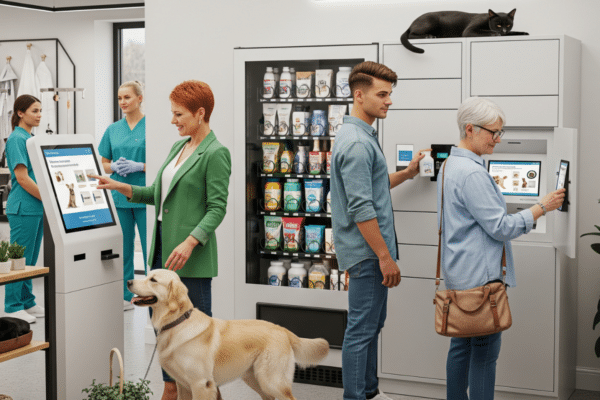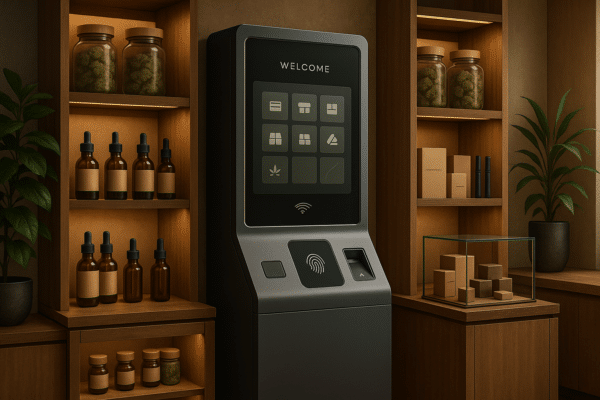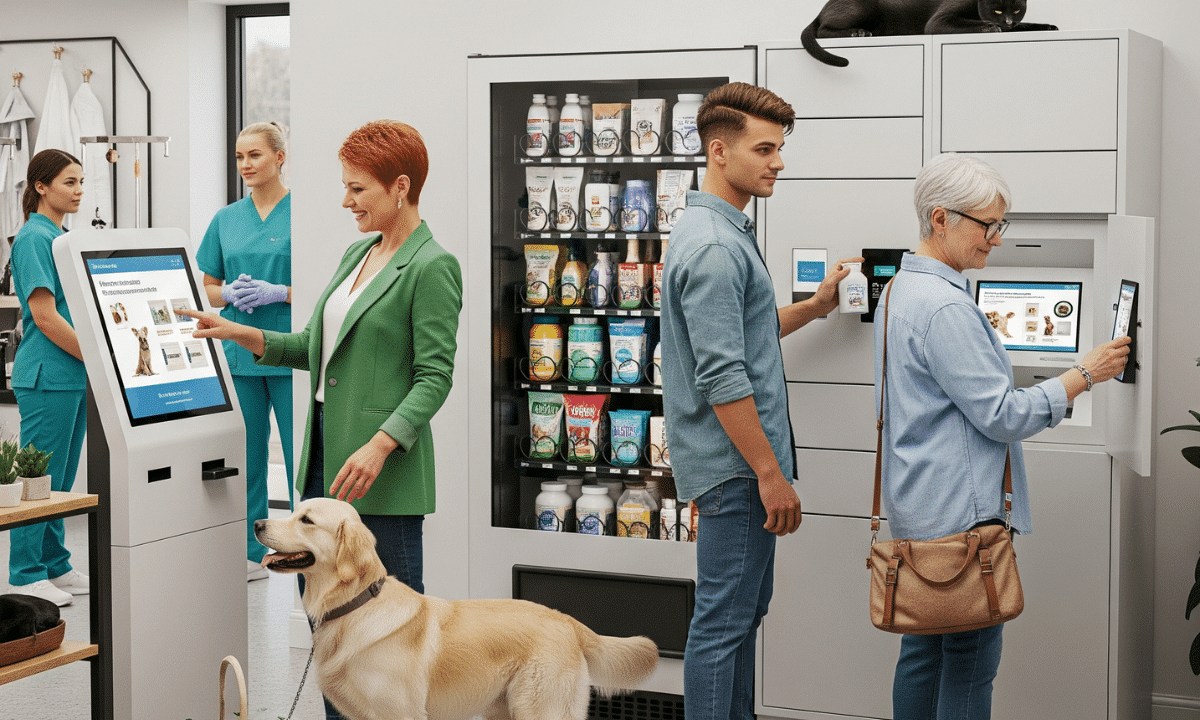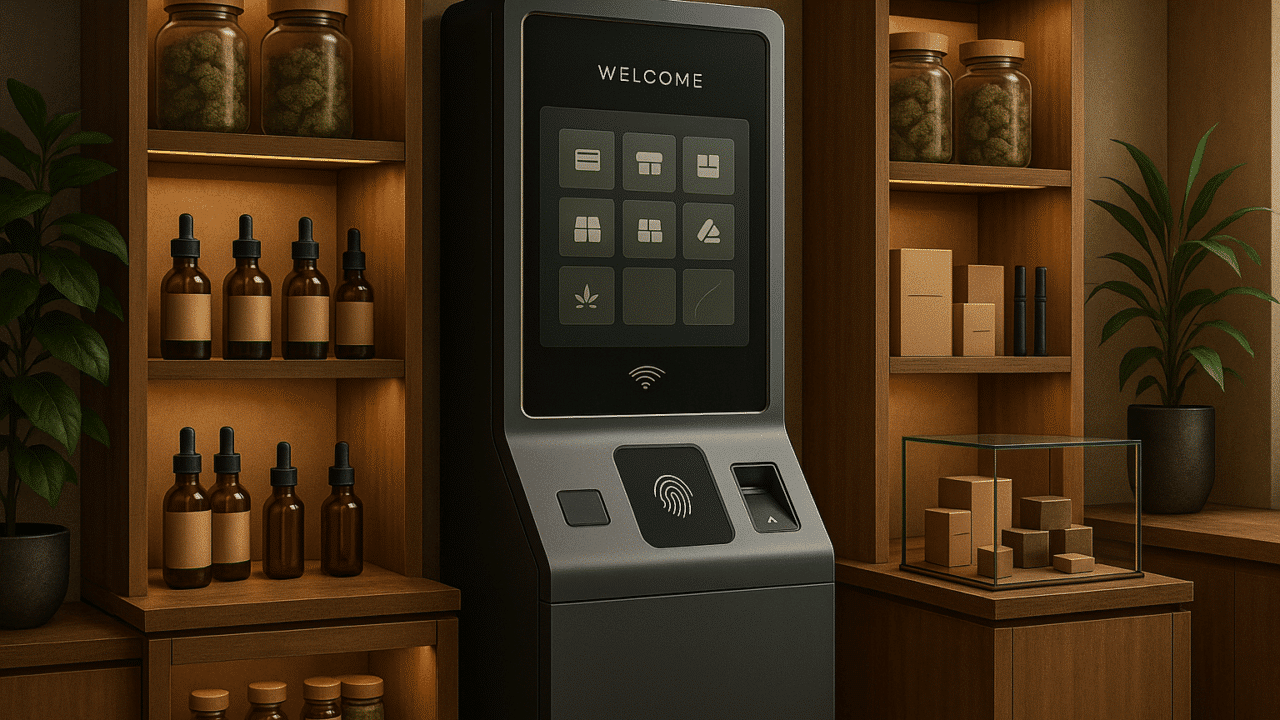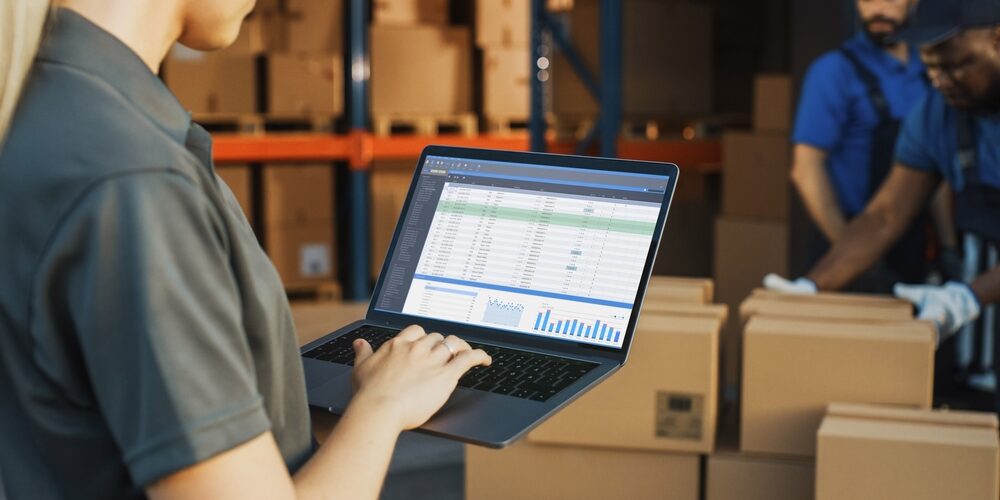
Merchandising Analysis: Unveiling the Secrets Behind Successful Retail Strategies
Merchandising analysis plays a crucial role in the success of any retail business or retail brand. By studying advanced analytics, learning how sales impacts inventory management, researching market trends, evaluating pricing strategies, defining brand guidelines, and utilizing various tools and techniques, retailers can optimize their merchandising strategies and drive sales growth. From sales and inventory analytics to merchandise analytics to market trends and pricing analysis, let’s uncover the secrets behind successful retail strategies.
Introduction to Merchandising Analysis
Merchandising is a ubiquitous term in the retail industry, but what does it really mean? In the most basic sense, it refers to the practice of maximizing the sale of goods, usually within a retail environment.
The work of merchandising and maximizing a store plan isn’t easy — it incorporates various elements, including the role of trade equipment, interpreting customer behavior, understanding brand guidelines, examining inventory analytics, store plan analysis, and much more.
Importance of Merchandising Analysis in Retail Businesses
A good retail merchandising strategy is vital for the growth of any retail business. Retail merchandising analytics solutions must outpace the competition. Retailers must understand their customers, their needs, and their behaviors. This is where merchandising analytics come into play.
Key Components
Sales and Inventory Analysis
The goal of sales and inventory analysis among leading retailers is to optimize inventory and create a productive store plan that allows store employees and store managers to be at their best. This means driving efficiency by finding the delicate balance between having enough products to satisfy customer demand without overstocking and driving up carrying costs.
A thorough sales and inventory analysis can help leading retailers decide how much shelf space to dedicate to each SKU in a store plan.
Analyzing Key Sales Metrics: Units Sold, Average Transaction Value, etc.
By analyzing key sales metrics like the average transaction value, one can identify high-performing products, which can lead to promotional strategies to capitalize on these sales.
Assessing Inventory Turnover and Stock-to-Sales Ratio
Assessing inventory turnover, which is a measure of how quickly merchandise sells, and the stock-to-sales ratio, which reflects the relationship between the amount of inventory you have and the amount of sales you’re generating, are crucial to the optimization of any store plan.
Market Trends Analysis
Keeping a finger on the pulse of the current market trends is crucial in retail merchandising. Information about customer preferences, image recognition, competitive strategies, and the general state of the market can help direct merchandising efforts.
Researching Current Market Trends and Customer Preferences
Understanding customer traffic patterns and staying atop of evolving customer preferences are key in making decisions about store layouts, merchandising presentation, and product offerings.
Analyzing Competitor Strategies and Offerings
Conducting an analysis of competitors’ offerings provides insights into what products are popular in the current market, as well as any gaps that may be ripe for exploitation.
Utilizing Market Research Tools and Surveys to Gather Insights
Tools like customer surveys and shelf meters can help collect big data about customer preferences and behaviors, which can then inform product selection, pricing strategy, shelf share, and promotions programs.
Evaluating Pricing Strategies and Their Impact on Sales
An essential part of pricing analysis is evaluating how different pricing strategies affect sales. This includes comparing the sales of products at different price points, as well as assessing the impact of various sales techniques, including those employed by store employees and store managers.
Conducting Price Elasticity Analysis
Price elasticity analysis determines how sales volumes change in response to price changes. If a product’s sales volume changes significantly with a price change, the product has high price elasticity.
Examining Competitor Pricing and Adjusting Accordingly
Examining competitor pricing is an essential step for any business looking to develop a successful pricing strategy. By analyzing what the competition is charging for similar products or services, a company can gain valuable insights into market trends, customer preferences, brand guidelines, image recognition, and pricing benchmarks. This information can then be used to adjust and optimize their own pricing strategy and store plan, leading to improved profitability and market positioning.

Tools and Techniques
The merchandising process isn’t easy, but it becomes significantly simpler with the right tools. Retail merchandising analytics, for instance, can help in understanding customer behavior, inventory optimization, image recognition, promotions and marketing success, and store plan. Here are some key tools used in retail merchandising analytics solutions:
- Data Analytics and Reporting: Retail analytics tools are instrumental in extracting actionable insights from the vast amounts of data collected in the retail merchandising process. They help in merchandising analysis and assessing customer preferences and product performance. In addition, this structured data helps businesses identify patterns, trends, and anomalies in sales data, which can be used to optimize retail merchandising.
- Reports and Visualizations: Retail analytics tools often come with extensive reporting capabilities. This includes dashboards that provide real-time updates on key performance indicators (KPIs), such as compliance by store employees and store managers, shelf share and the overall store plan, as well as complex visualizations that help with driving efficiency and tracking customer traffic.
- Customer Segmentation and Targeting: An essential component of the merchandising process is understanding retail customers. This knowledge can be utilized to segment audiences, driving efficiency to marketing efforts. Big data can segment customers based on various parameters like age, gender, purchasing habits, and more. This facilitates the creation of customized merchandising strategies for different customer segments.
Implementing Merchandising Analytics Strategies
Implementing a successful merchandising strategy involves leveraging the power of retail analytics tools to make informed business decisions. This can encompass everything from merchandise planning and assortment analysis to visual merchandising and store layout analysis. Here are the top strategies for implementing a successful store plan:
- Merchandise Planning and Assortment: A critical aspect of retail merchandising is optimizing the range and variety of products offered. This process, known as assortment analysis, is driven by structured data on product performance, customer preferences, and market trends.
- Analyzing Product Performance: By analyzing sales data and customer feedback, leading retailers can identify their top-selling items. These insights can guide decisions on product range, inventory levels, shelf share, and promotion management.
- Optimizing Merchandise Assortment: An optimized merchandise assortment can increase sales and customer satisfaction. This involves analyzing sales data and customer preferences to determine the optimal mix of products to stock.
- Cross-Selling and Upselling: Strategies such as cross-selling and upselling can be informed by a robust analysis. For example, insights into customer buying behavior can suggest opportunities for effective cross-selling initiatives.
- Visual Merchandising and Store Layout: Visual merchandising and store layout play a significant role in influencing customer behavior. Effective store plan analysis can help enhance these aspects and boost sales.
- Analyzing Customer Flow Patterns: By analyzing customer flow patterns, retailers can fine-tune their product placement to increase exposure for high-margin products. This can lead to improved sales and a better shopping experience for customers.
- Visual Merchandising Techniques: Techniques such as thematic displays, logical product grouping, and effective use of shelf space (shelf share/shelf meter) can significantly improve the visual appeal of a store and enhance the customer shopping experience.
Boosting Retail Success with Merchandising Analytics

Benefits and Outcomes of Merchandising Analytics
Merchandising analytics and inventory analytics are essential components of retail merchandising. This structured data is instrumental in inventory optimization and promotion management.
Increased Sales and Revenue Generation
One of the primary benefits of merchandising analysis is its potential to boost sales and generate revenue. By mapping customer preferences and monitoring customer traffic, merchant teams can make more informed decisions regarding product placement, shelf space, and the overall store plan. The store plan analysis then enables retailers to maximize shelf meter utilization and consequently increase sales.
How Understanding Merchandising Drives Sales Growth
Merchandising analytics use instant retail data gathered to identify patterns and trends. For instance, if analysis detects certain products are often purchased together, retailers might consider placing such goods in close proximity, facilitating cross-selling and upselling. Moreover, assessing customer purchase habits can guide stores in inventory optimization, ensuring more popular items are always in stock.
Identifying Opportunities for Revenue Generation and Profit Maximization
In line with boosting sales, merchandising analysis paves the way for exploiting otherwise overlooked profit opportunities. For instance, retail merchandising analytics solutions can reveal that certain trade equipment is not cost-effective, leading sellers to switch to more profitable alternatives. Furthermore, analysis can contribute to better promotion management, ensuring offers are conveyed to customers optimally and maximizing effectiveness and revenue.
Enhanced Customer Satisfaction and Loyalty
Proper application of retail merchandising analytics isn’t easy but has significant outcomes. It allows retailers to tailor the shopping experience to individual customers, thus delighting patrons, fostering satisfaction, and ultimately nurturing loyalty.
Customizing the Shopping Experience to Cater to Customer Preferences
By understanding customer behavior through analysis, retailers can create a more personal and engaging shopping experience. Knowing which products are in demand can help decide what to display prominently, making shopping more convenient for customers and boosting their satisfaction with the store.
Nurturing Customer Relationships through Targeted Merchandising Strategies
Merchandising analysis is pivotal to building long-term customer relationships. Insights from analysis guide the design of targeted merchandising strategies, thus entrenching customer loyalty and ensuring repeat business.
Competitive Advantage and Market Positioning
Understanding merchandising is a valuable advantage over a competitors in the retail landscape. Insights gained can help stores differentiate themselves from competitors and respond more swiftly to market trends.
Maximizing Retail Success Through Analysis
In the ever-evolving retail environment, those with a better grasp on merchandising will adapt swiftly and stay ahead of the curve. By understanding customers, optimizing inventory, and managing promotions effectively, retailers can see substantial gains in sales and revenue. Not only does analysis provide insights with profound operational implications but it also enhances customer satisfaction, loyalty, and your market position.

